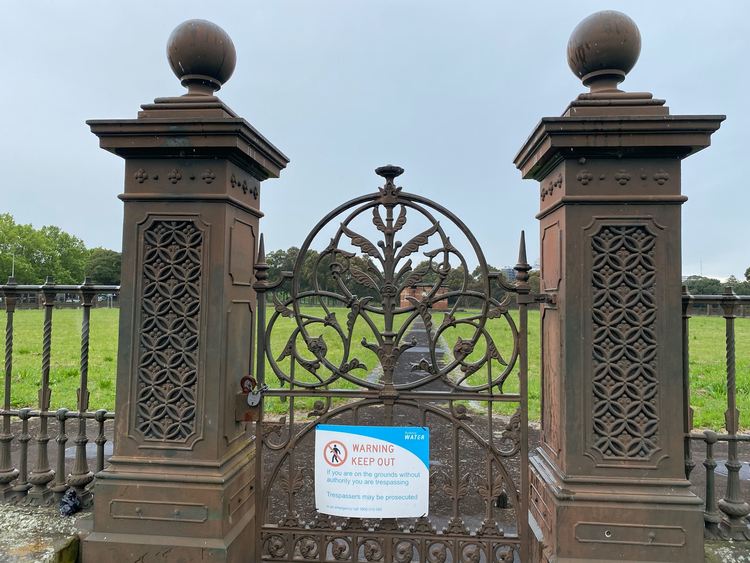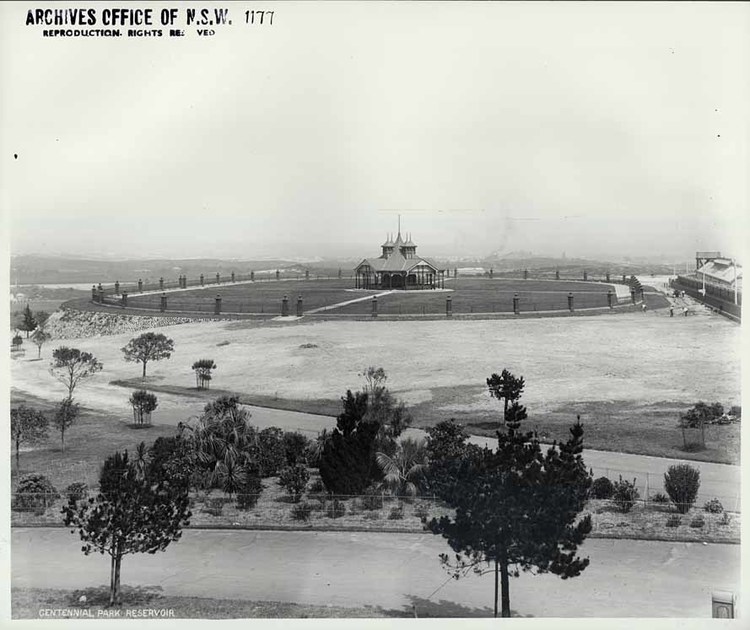Centennial Park No. 1 Reservoir
Centennial Park Reservoir No. 1 (60 ML) was designed and built by NSW Public Works Department from 1896 to 1898 and began operation in 1899 to replace Paddington Reservoir, which was decommissioned at that time. At the time it was built, it was the largest covered storage reservoir constructed in Australia.
This reservoir is an early component of the Upper Nepean Water Supply Scheme and contributed to the expansion of water reticulation throughout the suburban areas of Sydney. It has played a continuous, on-going role since 1899, providing drinking water to the eastern suburbs.
The reservoir demonstrates exemplary engineering practices at the turn of the century in relation to design, construction methods and manual skills, particularly in regard to the vaulted arch roof.
The Centennial Park Group of three reservoirs, including Woollahra Reservoir (5 ML), 1880, Centennial Park No. 1 (60 ML), 1899, and Centennial Park No. 2 (75 ML), 1925, demonstrate the development in construction technology for covered reservoirs, as well as the dramatic increase in demand in the growing Sydney suburbs.
Upon completion of Centennial Park No 1 Reservoir, tennis courts were provided on the roof. These were constructed by the Water Board in compensation for the space given over by Centennial Park. However, within about a decade, access to the roof ceased because the roof was found to be weakening and deemed unsafe. It was proposed that the roof be replaced once Centennial Park Reservoir No. 2 was in operation (1925) and that tennis might then be resumed. However this did not eventuate.
-
The Story of Jack Spriggins and the Enchanted Bean
-
Sun, Moon, and Talia
-
The Enchanted Frog
-
The Queen's Croquet-Ground
-
Nenillo and Nennella
-
Blackbeard's Ghost
-
The True History of Little Golden-Hood
-
The Dullahan
-
Three Sisters
-
The Mirror of Current Events, or Beauty to the Highest Bidder
-
The Legend of Saint Galgano

